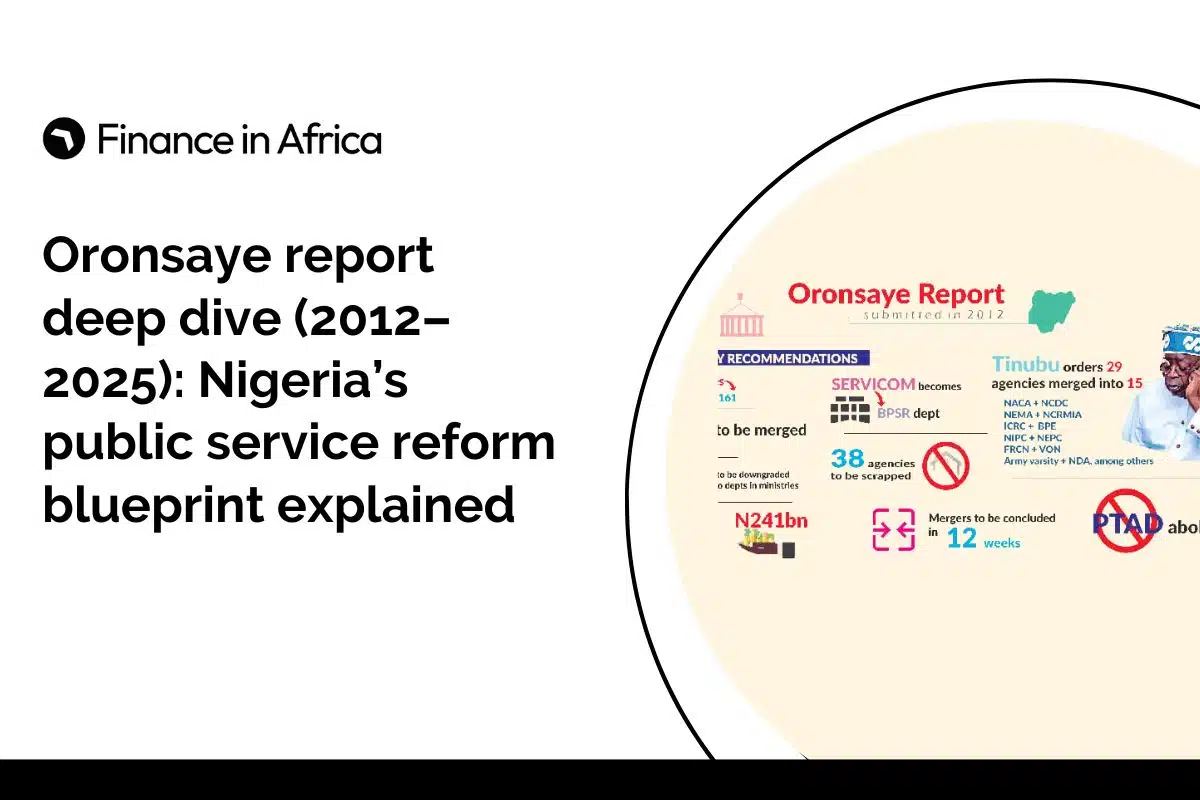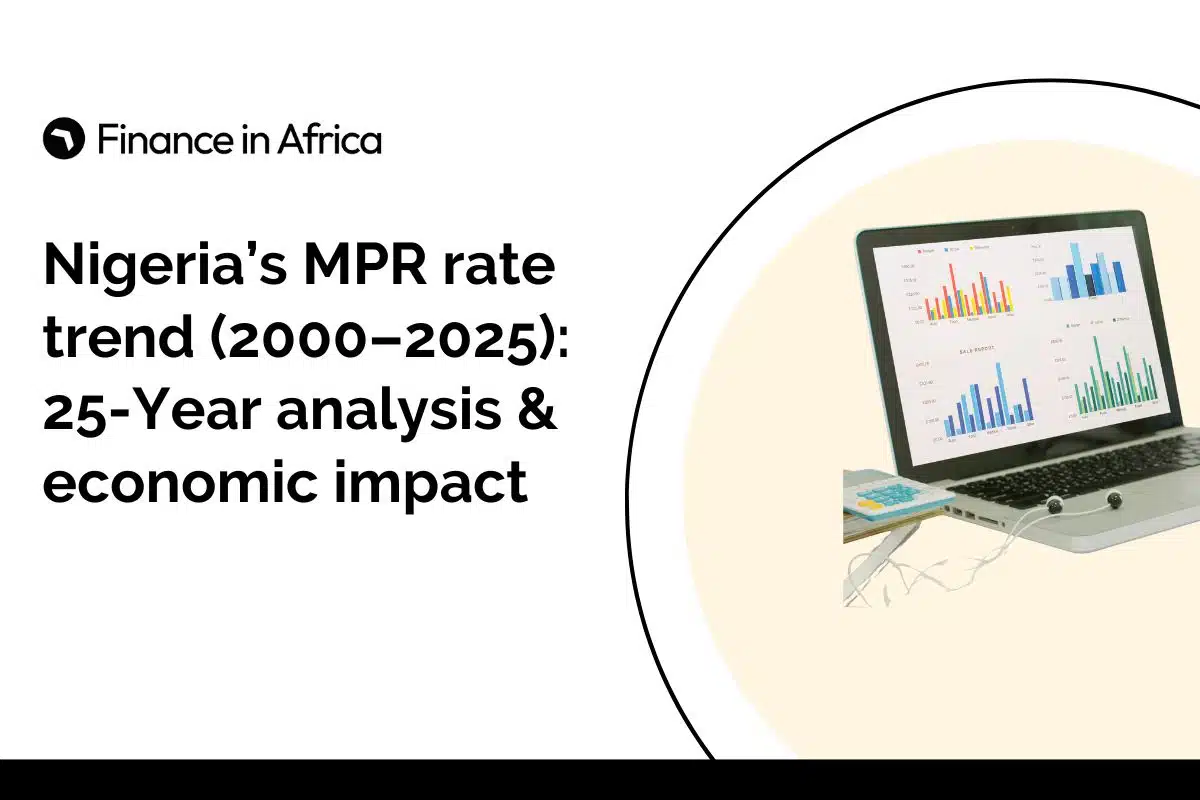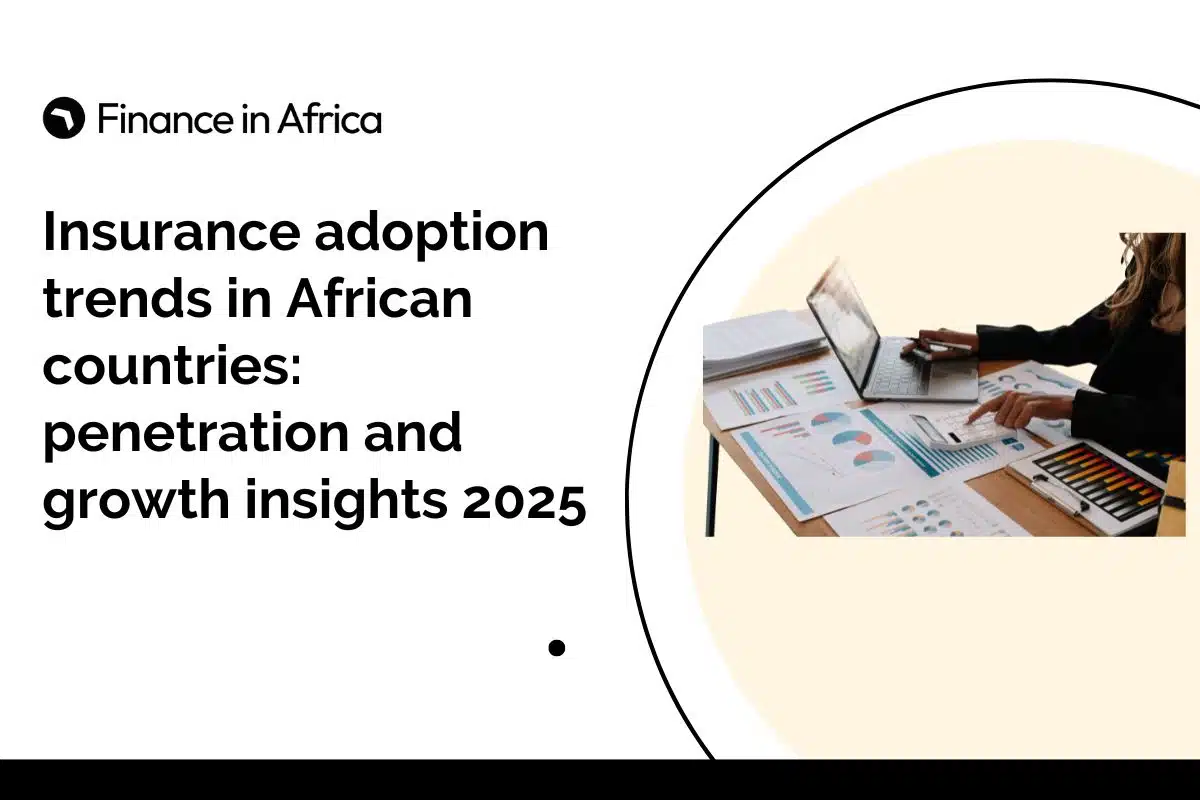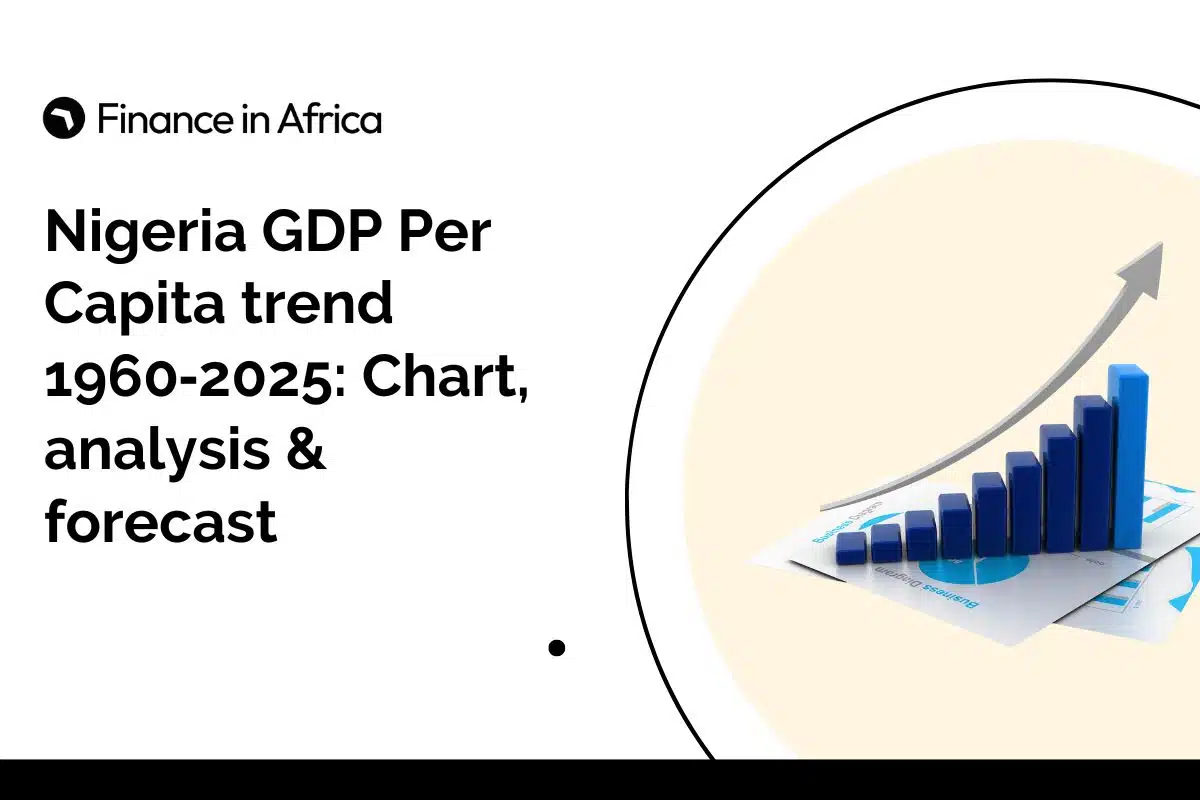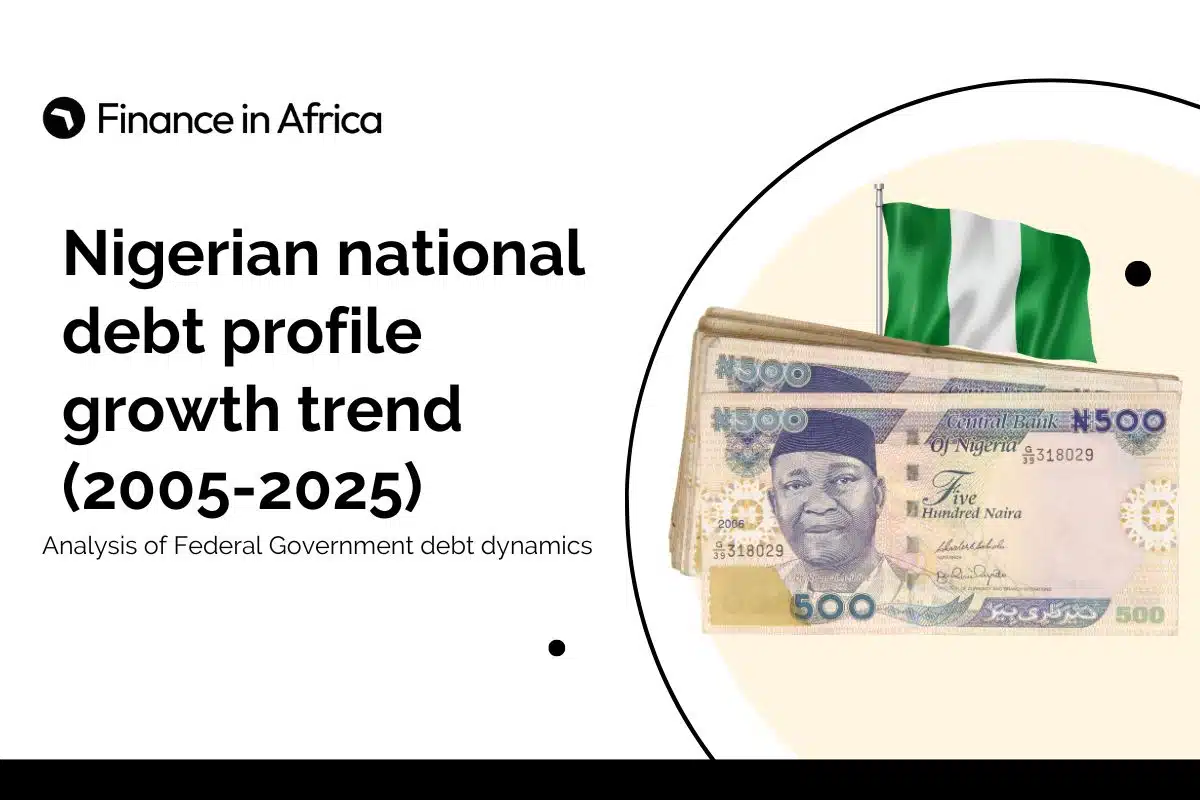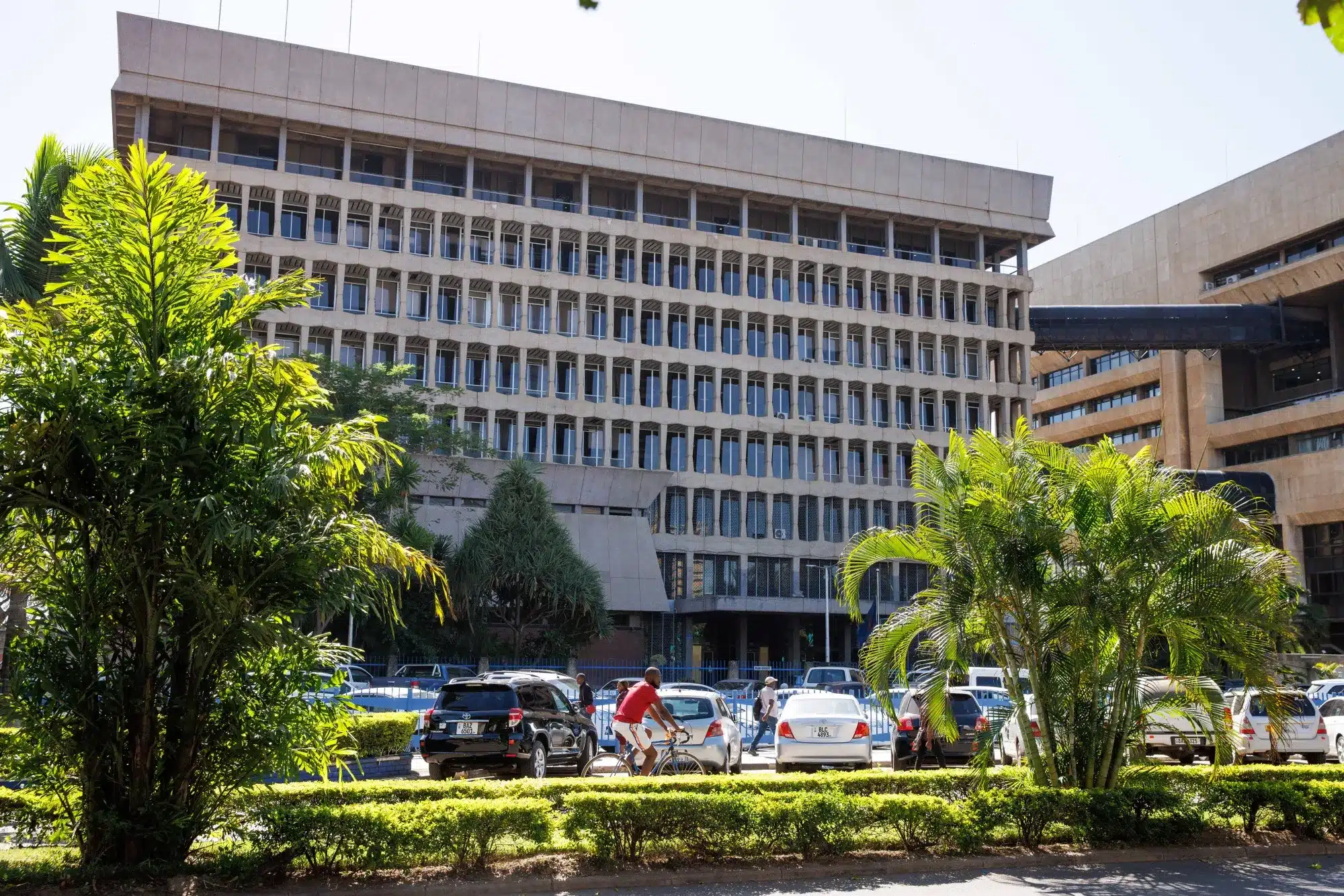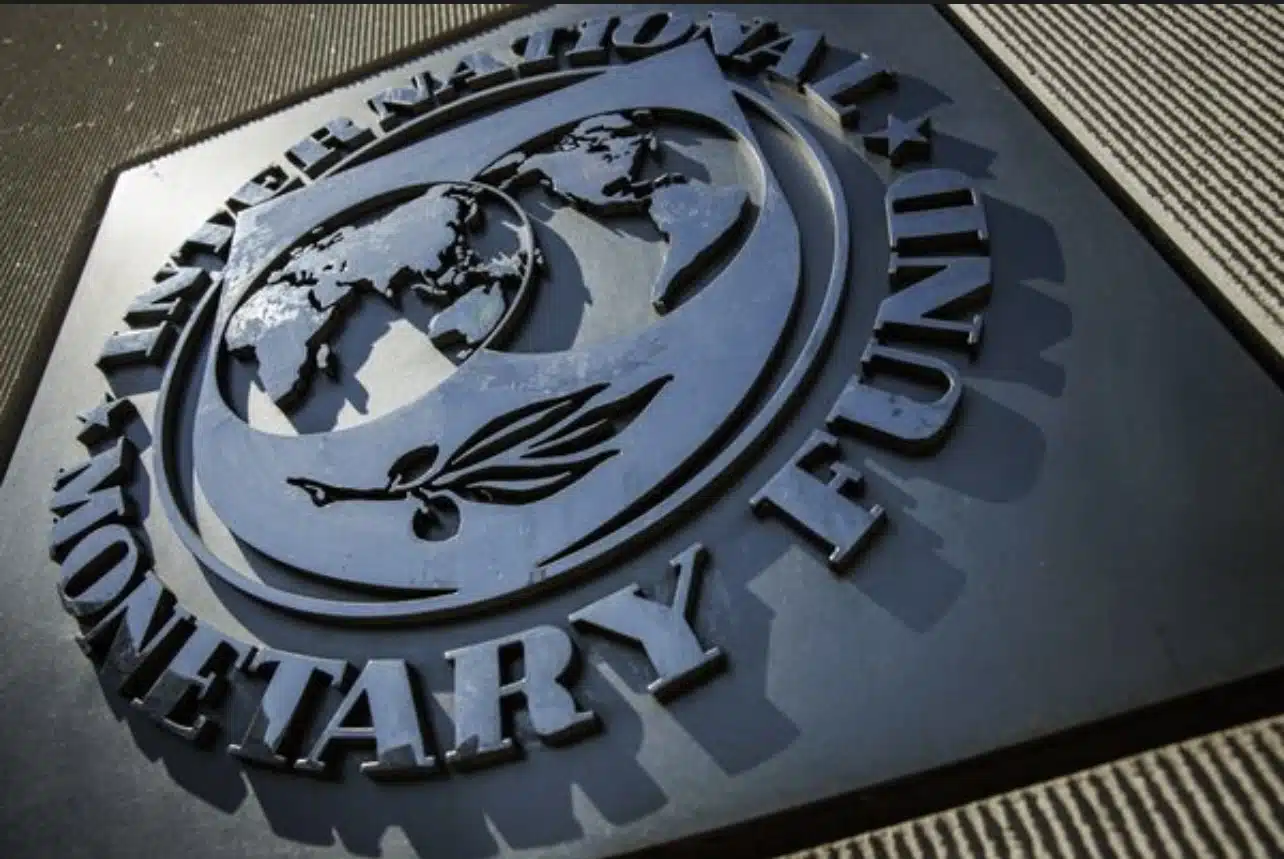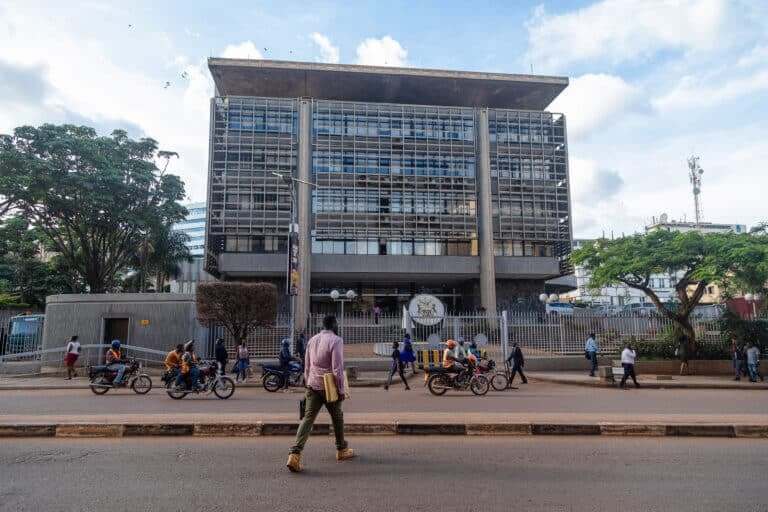Over a decade after its completion, successive governments have periodically announced plans to implement the Oronsaye Report and formed various committees to update it in line with prevailing realities. However, beyond the announcements and committees, little has been done.
While many Nigerians are unfamiliar with the report, many others have only a limited idea of what it is about and why it keeps resurfacing in every administration. From reducing the cost of governance to reforming Nigeria’s bloated public service structure, the Orosanye committee report has a lot to discuss, and this article will do justice. For broader context on Nigeria’s economic reforms, you can also read nigeria-mpr-rate-trend
Whether you’re a public policy analyst, a governance researcher, a government official advocating civil service reform, a political scientist studying Nigeria’s administrative systems, a student or academic focused on public service reform, or part of an international development organization working in Nigeria, this article will satisfy your curiosity.
It will provide a comprehensive analysis of the Steve Oronsaye Committee Report on public service reform, examining key recommendations, implementation progress, political resistance, and ongoing relevance to Nigeria’s governance reform from 2012 to 2025.
Key Takeaways
- The Steve Oronsaye committee report recommended the elimination and merger of 220 of the 541 government agencies that existed at the time.
- The report proposed reducing the number of statutory agencies from 263 to 161, abolishing 38, merging 52, and reverting 14 to departments within ministries.
- However, the challenges in implementing the Oronsaye Report include bureaucratic resistance, constitutional constraints, and political resistance.
- Some of Steve Orosanye’s recommendations include agency consolidation, personnel rationalization, and reform of government structures.
- Government agency restructuring and public service reform in Nigeria are crucial due to issues like poor service delivery, corruption, economic inefficiencies, and the burden of excessive recurrent expenditure.
What is the Oronsaye report?
The Oronsaye Report is a 2012 public service reform blueprint formally titled “Report on the Restructuring and Rationalization of Federal Government Parastatals, Commissions, and Agencies.” Chaired by Stephen Oronsaye, a former Head of Service of the Federation, the committee, through an 800-page report, recommended reducing Nigeria’s 541 statutory agencies to 163 to cut the cost of governance, eliminate duplication, and improve efficiency.
To put it better, the reason for restructuring and reducing the number of government agencies, parastatals, and commissions is to help the government cut costs and become more accountable amid a tough economy. A major idea behind the report is that there’s no need to create new bodies to do what existing ones already do. The aim is to ensure government efficiency and the delivery of good governance.
Background of the Oronsaye Committee Report
To enhance the performance of Nigeria’s public service, President Jonathan established the Presidential Committee on Restructuring and Rationalization of Federal Government Parastatals, Commissions, and Agencies in 2011, with Mr. Steve Oronsaye as its chair. Other members of the committee included Japh CT Nwosu, Rabiu D. Abubakar, Salman Mann, Hamza A. Tahir, and Adetunji Adesunkanmi, with Umar Mohammed as the secretary.
The committee conducted extensive data collection, analysis, and consultation with relevant stakeholders to evaluate the functions, structure, and performance of over 800 federal government agencies. After months of thorough evaluation and deliberation, the Oronsaye Committee presented its 800-page report to the government in 2012, which included recommendations for the rationalization and restructuring of government agencies.
Following the report’s submission, the Nigerian government reviewed the recommendations, and there has been a back and forth across successive administrations to implement the proposed reforms, such as merging and abolishing some agencies. In between, it generated controversy, with stakeholders holding opposing views on its recommendations and implications for Nigeria’s governance, politics, and public service delivery.
Key recommendations of the Oronsaye Report
Below are some of Steve Orosanye’s recommendations to streamline government operations, enhance service delivery, and reduce the cost of governance:
- Agency consolidation
The report recommended the elimination and merger of 220 of the 541 government agencies that existed. It proposed reducing the number of statutory agencies from 263 to 161, abolishing 38, merging 52, and reverting 14 to departments within ministries.
The original version of the report includes the merging of the Infrastructure Concession and Regulatory Commission (ICRC) with the Bureau of Public Enterprise (BPE) to be called the Public Enterprises and Infrastructural Concession Commission (PEICC) and the fusing of the National Emergency Management Agency (NEMA) and the National Commission for Refugees (NCF) to be called the National Emergency and Refugee Management Commission (NERMC).
The Nigerian Television Authority (NTA), the Federal Radio Corporation of Nigeria (FRCN), and the Voice of Nigeria (VON) will also be merged under one management called the Federal Broadcasting Corporation of Nigeria (FBCN), while the Nigerians in Diaspora Commission (NiDCOM) is to become an agency under the Ministry of Foreign Affairs. Also, the Economic and Financial Crimes Commission (EFCC) and the Independent Corrupt Practices and Other Related Offences Commission (ICPC) are expected to be merged.
The Federal Road Safety Commission (FRSC) will become a department within the Nigeria Police Force, while the Universal Basic Education Commission, the Nomadic Education Commission, and the National Mass Literacy Commission are performing overlapping functions and should be brought under one body, the report said.
- Cost-benefit analysis
The Oronsaye Report stated that if implemented, the government could save more than $563.5 million (₦862 billion) between 2012 and 2015. The breakdown showed that about $81.57 million (₦124.8 billion) would be reduced from agencies proposed for abolition; about $65.76 million (₦100.6 billion) from agencies proposed for mergers; about $4.31 million (₦6.6 billion) from professional bodies; $320.26 million (₦489.9 billion) from universities; $33.27 million (₦50.9 billion) from polytechnics; $21.11 million (₦32.3 billion) from colleges of education; and $402,614 (₦616 million) from federal medical center boards.
- Personnel Rationalization
The report called for right-sizing the federal workforce, targeting over-staffing and redundant roles, and emphasized structured retirements and redeployment, with retraining for affected staff. For Nigeria’s civil service rationalization, the report also recommended merit-based recruitment and promotion to boost professionalism and performance. It is within this context that the report proposed conducting a management audit of 89 agencies to capture biometric features of employees, as well as discontinuing government funding for professional bodies/councils.
- Governance structure reforms
As part of Nigeria’s public service reform, the report proposed reforms to improve accountability, reporting, and performance measurement and evaluation systems. For instance, the plan to revert 14 agencies to departments within ministries will reduce the autonomy of agencies and improve accountability. In the same context, merging anti-corruption agencies tends to improve coordination and accountability in fighting corruption, reducing the risk of jurisdictional conflicts.
Overlapping responsibilities between the EFCC and ICPC in investigating and prosecuting corruption can result in the same case being pursued by both agencies. This can result in wasted resources and confusion about which agency has primary jurisdiction.
Implementation of the Oronsaye report
Over the years, reform committees have been constituted to reduce the cost of governance, starting with the Ahmed Joda panel in 1999, under the Obasanjo Administration. In 2011, President Goodluck Jonathan’s Administration also constituted the Steve Oronsaye Committee on the Rationalization of Federal Government Parastatals and Agencies. The Buhari administration also constituted the Amal Pepple Committee to review the Oronsaye report.
Subsequently, another committee was constituted under the Chairmanship of Ebele Okeke to produce a white paper on the two reports. But just as previous administrations ignored the white papers, the Buhari administration also failed to implement the reports or the white paper’s recommendations.
Although President Buhari ordered the implementation of the report in 2020, subsequent reports, like the one by Punch in 2023, revealed that the Oronsaye report implementation may be passed on to the next administration, based on the actions of the then National House of Assembly and the political mood in the polity.
However, in February 2024, President Tinubu ordered full implementation of the report, and an eight-man committee with a 12-week deadline was set up to ensure that the necessary legislative amendments and administrative restructuring needed to implement the reforms are effected efficiently.
Amid this, the government announced that the agencies to be scrapped, merged, subsumed, and relocated, with the committee overseeing the implementation.
Historical context and committee formation
| Timeline | Event | Key Figure | Outcome |
| 2011 | Committee Formation | President Goodluck Jonathan | 32-member committee established |
| 2012 | Report Submission | Steve Orosanye (Chairman) | 800+ page report with 161 recommendations |
| 2014 | Initial Implementation | – | Limited progress before the administration change |
| 2019 – 2023 | Revival Attempts | President Buhari | White Paper and selective implementation |
| 2024 – 2025 | Current Status | President Tinubu | Renewed commitment to implementation |
Challenges and issues in implementing the Oronsaye Report
The implementation of the Oronsaye committee report offers benefits such as reducing the cost of governance, streamlining government operations, and enhancing service delivery. However, it has challenges and issues that have made it impossible to implement across successive administrations. Below are some challenges and issues:
Challenges in Implementing the Oronsaye Report
- Bureaucratic resistance: The resistance from the career civil servants, the National Assembly, and the politicians, who may perceive the report as a threat to their interests, influence, and patronage.
- Constitutional constraints: The legal and constitutional hurdles may require amendments to the enabling Acts and laws of some of the affected agencies and entities.
- Political resistance and calculations: The lack of political will and commitment may result in the selective or partial implementation of the report, depending on the convenience and preference of the executive and legislative arms of government.
For instance, despite the initial 2014 White Paper under Adoke and later committees under Buhari (Aji, Ama Pepple, Okeke), none have led to meaningful structural reorganization or implementation of core recommendations.
- There is also the challenge of the limited scope and impact of the report, which did not address some of the fundamental issues affecting the cost and quality of governance, such as the size and remuneration of the political class, the infrastructure deficit, and the economic diversification.
Issues in implementing the Oronsaye Report
Beyond the challenges, the Oronsaye committee report also has issues that have been raised over the years. Providing solutions to these issues will make the implementation efficient.
Critics argue that the report is outdated. This is a valid point, considering the federal government has established additional ministries, departments, and agencies since the report’s release in 2012. At the time of the report’s formulation, there were 541 MDAs. Today, Nigeria has over 1000 MDAs, many of which were created to satisfy political interests. The report needs to be revised to fit the current reality of the Nigerian public service structure.
Another concern is the size of the cabinet. While Section 147(3) of the Nigerian Constitution mandates the appointment of at least one minister from each state, bringing the minimum to 37. Amid this, the current administration initially swore in 45 ministers on August 21, 2023, and later added three more, raising the total to 48 by the end of the year. This is in addition to many appointed aides.
Many of these positions are redundant, with overlapping responsibilities, which contradicts the idea of cutting the cost of governance.
There is also an exclusion of state and local government. While the report only addresses the federal civil service, achieving real cost savings necessitates streamlining state and local government agencies and personnel as well.
Public and expert opinions on the Oronsaye Report
Since 2012, the Oronsaye Report has generated mixed reactions. While some see it as a bold step toward reducing Nigeria’s bloated public service, others question its relevance and political will for implementation. The debate has continued, with different positions from experts and the public. Let’s examine some positions:
Public commentator argues that the Oronsaye Report doesn’t go far enough to tackle the deep-rooted waste and inefficiency in Nigeria’s public service. It fails to address the broader role of the state in national development or the shift needed for a more effective service delivery model. Globally, reforms now focus on redefining the state’s role, from direct control to steering and regulation, allowing state and non-state actors to co-drive development. The Oronsaye Report is said to be a first step, a palliative measure.
Another concern is that it overlooks the difficult realities of rationalization, such as redundancy and retrenchment, which are crucial for any meaningful reform, even if politically inconvenient.
Speaking on the report, a member of the House of Representatives in the 10th National Assembly, Kama Nkemkanma, expressed in 2024 that contrary to the assumption that the full implementation of the report would reduce the cost of governance, with the current realities, the full implementation of the report would not substantially reduce the cost of governance, as it did not reflect the current situation in the Public Service of the Federation.
He emphasized that fully implementing a 12-year-old report may seem outdated, especially given how society, the economy, politics, technology, and other aspects of national life have changed over the years.
Amidst this, there were reactions from the civil service leadership. For instance, following President Tinubu’s announcement of full implementation of the report, the Association of Senior Civil Servants of Nigeria (ASCSN) emphasized the need for the government to make a conscious effort to cushion the effects of this major overhaul on the workers to avoid bringing more people into hardship during challenging times.
Overall, public and expert views indicate the positive side of the report but maintain that without full commitment and timely updates, its impact will remain limited.
Understanding Nigeria’s public service
Nigeria’s public service is the machinery through which the government implements its policies and programs. It encompasses various entities like the civil service, armed forces, parastatals, and other government-owned institutions. The public service focuses on providing services to the public and contributes to the nation’s development. The public service is established by section 169 of the 1999 constitution.
With over 1.2 million employees across tiers of government, the public sector remains Nigeria’s largest employer. Despite its size, efficiency has been chronically poor. Recurrent expenditure, primarily wages, personnel costs, and agency overheads, accounts for more than 50% of the national budget, crowding out capital investments in critical infrastructure, health, and education. Amidst this, many parastatals lack clear objectives and functions, with some staff frequently delivering little or no meaningful output.
Even with these concerns, experts agree that reforming the public service sector is crucial to building a viable economy and strengthening the country. However, such a reform is expensive, which the country may struggle to afford in the near term, given the limited funds available and the numerous competing sectors vying for government attention and resources.
Amid this, initiatives such as the Udoji Commission, the Stephen Oronsaye reforms, and the establishment of SERVICOM and the Bureau of Public Service Reforms (BPSR) have been introduced to revitalize the sector through organizational restructuring, remuneration reform, capacity building, and performance management.
The government agency restructuring in Nigeria and public service reform are crucial due to reasons such as poor service delivery, corruption, economic growth, and excessive recurrent expenditure.
Why Nigeria’s public sector needs restructuring
The Nigerian government faces a critical challenge in using public service effectiveness for national growth. Improving the public service’s capacity to formulate, implement, and monitor policies is crucial for achieving sustainable development goals. A dysfunctional public service can hinder progress and impede national growth.
This mandates the need to address why the public sector needs restructuring. It also forms a part of the motivation behind the Oronsaye committee recommendations and the government agency restructuring in Nigeria. Restructuring will improve performance, promote transparency, and enable a more effective and responsive public service.
Below are some reasons Nigeria’s public sector needs restructuring:
- Poor service delivery: As mentioned earlier, Nigeria’s public sector has too many overlapping roles and outdated systems, which slow down work. This makes it difficult for government offices to function correctly. Poor pay and inadequate working conditions can reduce staff motivation, while the absence of accountability can lead to a decline in performance that may remain unchecked.
- Excessive recurrent expenditure: A significant portion of Nigeria’s annual budget is allocated to recurrent spending, primarily covering salaries, overheads, and operational costs of MDAs. This leaves little for capital projects.
- Corruption: According to the Independent Corrupt Practices and Other Related Offences Commission (ICPC), public sector corruption has contributed to underdevelopment in Nigeria, rendering the country’s ambition for sustainable development unattainable. The public service is at the heart of governance, and any initiative against corruption must, of necessity, begin from and be driven by the service.
Corruption diverts funds intended for public use, undermines institutions, and erodes public trust. Without major reforms, it will be challenging to tackle corruption or improve the government’s effectiveness.
- Economic growth: A well-functioning public sector is crucial for economic development, as it provides essential services, regulates the economy, and promotes investment. Restructuring will create an enabling environment, build investor confidence, improve infrastructure, and support other industries.
- Stability and sustainable development: Fixing problems like inefficiency, corruption, and unfairness will help Nigeria become more stable, and a fair and responsive public sector is key to long-term development and a stronger nation.
To end this section, a paper on “THE STEVE ORONSAYE’S REPORT AND THE VIABILITY OF EFFECTIVE PUBLIC SERVICE REFORM IN NIGERIA” recommends that the government must show a strong commitment to implementing the Oronsaye committee’s recommendations. If all three arms of government genuinely prioritize this, it will greatly improve the efficiency of Nigeria’s public service.
It also suggests that those whose jobs may be affected by the reform should be offered fair post-retirement benefits and a supportive transition environment. This will prevent a repeat of the 1975 purge and motivate remaining workers to perform better.
Recommendations
Although the Oronsaye Report represents an important starting point for Nigeria to reduce the cost of governance, a comprehensive reform must extend beyond the scope of the report. Below are some recommendations to consider:
- Given that the report was submitted in 2012, a comprehensive review is necessary to align its recommendations with Nigeria’s current governance structure, which now includes over 900 MDAs.
- Amendment of Section 147(3) of the 1999 Constitution to limit the number of ministers, prevent bloated cabinets with overlapping functions, and introduce constitutional provisions to specify the maximum number of aides the President can appoint to curb unnecessary appointments and reduce recurrent spending.
- Strengthen anti-corruption institutions, enforce stricter penalties, and ensure judicial independence to prevent financial mismanagement and promote accountability across all levels of government.
- Combine the Oronsaye Report implementation with additional reforms that redefine the role of government in economic development and streamline its service delivery approach.
- The cost of governance cannot be reduced at the federal level alone. State and local governments must also restructure and streamline their administrative systems.
- Conducting regular reviews of MDA expenditures to identify inefficiencies and redirect funds toward impactful capital projects rather than inflated recurrent spending.
Conclusions
Government agency restructuring and public service reform in Nigeria are crucial because of issues such as poor service delivery, corruption, economic inefficiencies, and the burden of excessive recurrent expenditure. Within this context is the Oronsaye report, which remains one of the country’s biggest efforts to streamline public service and reduce the cost of governance.
Some of the key recommendations of the report include agency consolidation, cost-benefit analysis, personnel rationalization, and government structure reforms, and at the core of these is the elimination and merger of 220 of the 541 government agencies that existed and the proposed reduction of the number of statutory agencies from 263 to 161, abolishing 38, merging 52, and reverting 14 to departments within ministries.
However, the implementation comes with challenges. This includes bureaucratic resistance, constitutional constraints, and political resistance. While the report represents a starting point for Nigeria to cut the cost of governance, it was received with diverse opinions, with experts doubting its efficiency since it was completed over 12 years ago. This means that it requires an update to reflect the present reality of the country.
Beyond the several recommendations and the need to update the report, Nigeria needs to move from plans to action to ensure proper implementation.
Note: The exchange rate used in this article is ₦1,530/$1 on July 24, 2025.
Disclaimer
This publication, review, or article (“Content”) is based on our independent evaluation and is subjective, reflecting our opinions, which may differ from others’ perspectives or experiences. We do not guarantee the accuracy or completeness of the Content and disclaim responsibility for any errors or omissions it may contain.
The information provided is not investment advice and should not be treated as such, as products or services may change after publication. By engaging with our content, you acknowledge its subjective nature and agree not to hold us liable for any losses or damages arising from your reliance on the information provided. Always conduct your research and consult professionals where necessary.

